The reverberation rooms for acoustic measurements
The system of reverberation rooms for acoustic measurements is composed of three special test rooms, with construction characteristics such as to allow the development of a diffused sound field for carrying out specific acoustic measurements under controlled conditions. There is a large volume reverberation room for measuring the sound absorption characteristics of materials and objects, the sound power emitted by machines and equipment and a couple of reverberation rooms connected to each other by means of a test opening with suppression of flanking transmission for the determination of the airborne sound reduction properties of building elements. The three rooms can be connected to each other to create a single environment in which to carry out experiments on ducted systems and HVAC components.
The main reverberation room fulfils the requirements of ISO 354: Acoustics – Measurements of sound absorption in a reverberant room and ISO 3741: Acoustics – Determination of sound power levels and sound energy levels of noise sources using sound pressure – Precision methods for reverberation test rooms.
The volume of the test environment is equal to 211.2 m³, with a surface of 214.38 m². The typical measurement frequency range is between 100 Hz and 10000 Hz, with the possibility of extending the measurements even to 50 Hz. The main reverberation room, made of 30 cm thick reinforced concrete elements, lays on a pneumatic suspension system consisting of 21 pneumatic springs. A cavity, with a minimum thickness of 10 cm, separates the reverberation room from the envelope that contains it. The supporting platform of the reverberation room lays on foundations independent from those of the rest of the building.
The coupled rooms for measuring the airborne sound reduction of vertical building elements compliant with ISO 10140: Acoustics – Laboratory measurement of sound insulation of building elements – Part 5: Requirements for test facilities and equipment. The aim of this standard is to specify the characteristics of the laboratories and of the instruments for determining the sound insulation of walls, partitions, doors, windows, facades and facade elements according to the other parts of the same family of standards. The results obtained with this method can be used to design building elements with adequate acoustic properties, to compare and to classify the insulation characteristics of different elements.
The volume of the receiving room (including the niche of the mounting opening) is 89.2 m³, that of the transmitting room is 78.2 m³. The surface area of the mounting opening is 10.08 m². Typical measurement frequencies are between 100 Hz and 5000 Hz. The rooms are built with construction techniques similar to those of the main reverberation room and lay on foundations independent from those of the rest of the building and are decoupled by resilient rubber systems.



